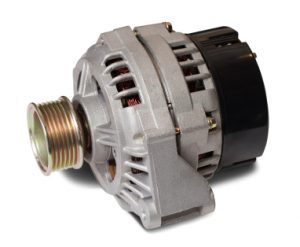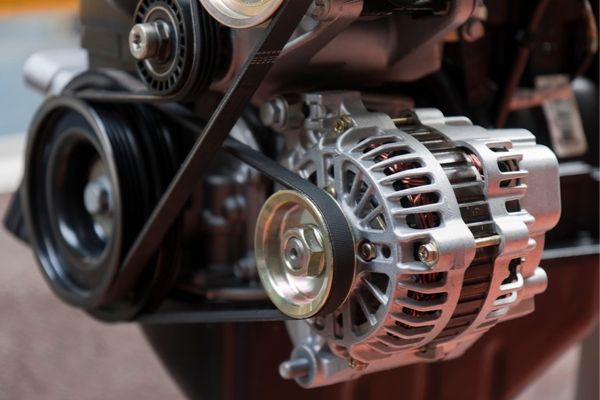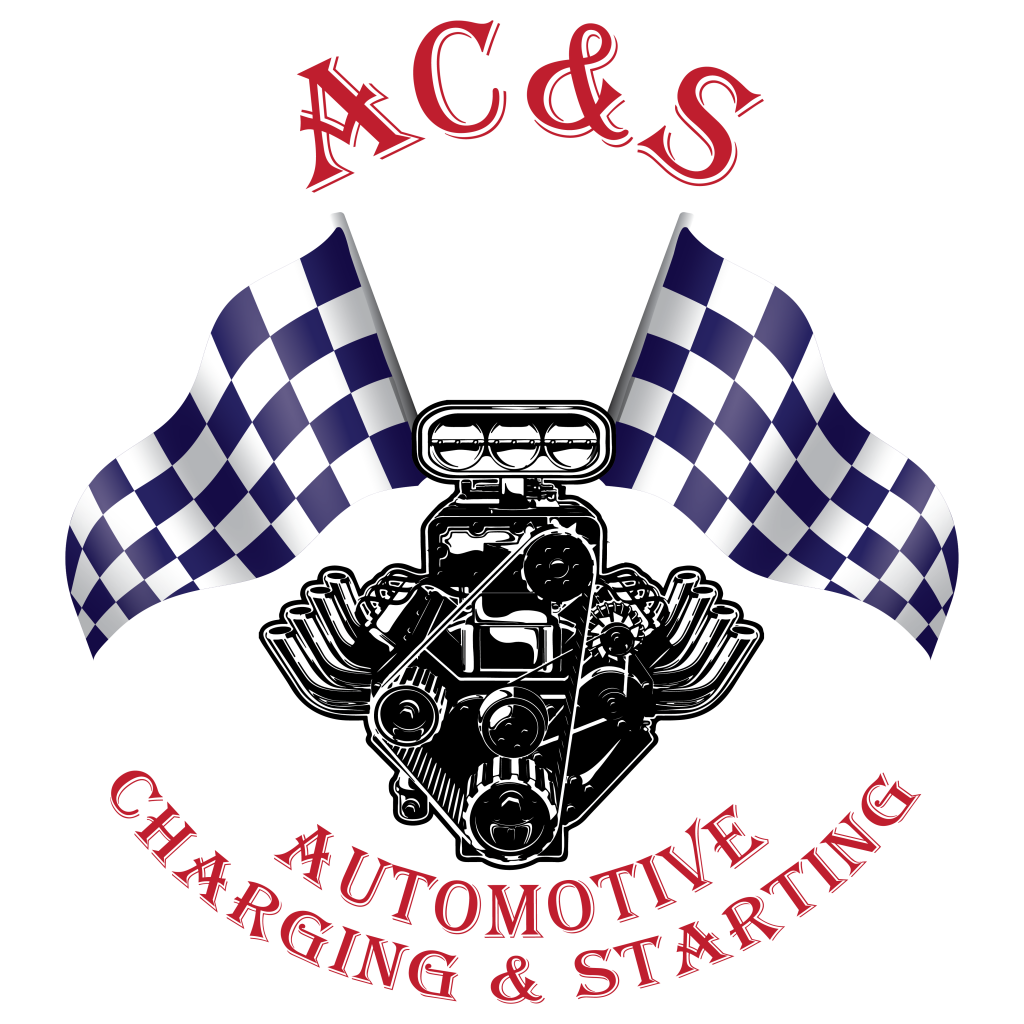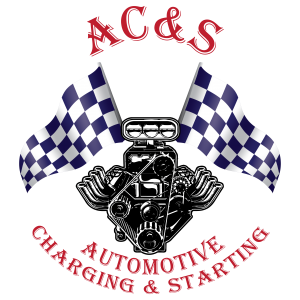Idaho Falls Alternators
Alternator Service: Save Money, Time and Hassle
Most car owners don’t bother thinking about their alternator. So long as their car starts, it might as well not even be there.  But a defective, worn or damaged alternator puts stress on the electrical systems of the car, leading to some of the most mysterious, intermittent and hard to repair car problems. Electrical shortcomings are notorious for being expensive “money holes” which may soak up thousands of dollars without ever completely going away. As such, it is best to ensure that one’s alternator is in good repair and providing just the right amount of charge, since this will prevent electrical problems as well as dead batteries and dead starts. Therefore finding a good repair source for Idaho Falls alternators is a good idea.
But a defective, worn or damaged alternator puts stress on the electrical systems of the car, leading to some of the most mysterious, intermittent and hard to repair car problems. Electrical shortcomings are notorious for being expensive “money holes” which may soak up thousands of dollars without ever completely going away. As such, it is best to ensure that one’s alternator is in good repair and providing just the right amount of charge, since this will prevent electrical problems as well as dead batteries and dead starts. Therefore finding a good repair source for Idaho Falls alternators is a good idea.
The alternator in a car is, effectively, a small generator powered by the car’s engine. It is basically an electric motor in the reverse, with a wheel being driven by the engine to spin electromagnets inside of the alternator. Its primary job is to ensure that the battery remains charged, so that the battery can provide current to the rest of the car’s electronics. Running the air conditioning, radio or interior lights all puts a drain on the battery, and without a functioning alternator, the battery would run out in a matter of minutes. Therefore, the alternator must be in good repair and optimized function so that it can generate more power than might be drained from the battery.
There are many options when it comes to services for Idaho Falls alternators. Most small shops offer some degree of repair. However, when one needs to depend on their alternator, especially in cases of older cars or modern small cars, not every Idaho Falls alternators repair service will be sufficient. Small cars tend to have small alternators that are required to run the car, with the small battery powering little more than the starter. In such cases, selecting a cut-rate Idaho Falls alternators service would be a disaster, since they might not have the parts to carefully analyze and repair a malfunctioning alternator. When it comes to Idaho Falls alternator repair or Idaho Falls alternators service, choose a professional with experience and training that can be trusted.
 Alternators are used in modern automobiles to charge the battery and to power the electrical system when its engine is running. Early automobiles used DC generators. Alternators have several advantages over direct-current generators. They are lighter, cheaper and more rugged. They use Slip rings providing greatly extended brush life over a commutator. The brushes in an alternator carry only excitation current, a small fraction of the current carried by the brushes of a DC generator, which carry the generator's entire output. A set of rectifiers (diode bridge) is required to convert AC to DC. Since the 1960s, the availability of low-cost, solid-state diodes allowed car manufacturers to substitute alternators for DC generators. To provide direct current with low ripple, a three-phase winding is used and the pole-pieces of the rotor are shaped (claw-pole) to produce a waveform similar to a square wave instead of a sinusoid. Automotive alternators are usually belt driven at 2-3 times crankshaft speed. The alternator runs at various RPM (which varies the frequency) since it is driven by the engine. This is not a problem because the alternating current is rectified to direct current.
Alternators are used in modern automobiles to charge the battery and to power the electrical system when its engine is running. Early automobiles used DC generators. Alternators have several advantages over direct-current generators. They are lighter, cheaper and more rugged. They use Slip rings providing greatly extended brush life over a commutator. The brushes in an alternator carry only excitation current, a small fraction of the current carried by the brushes of a DC generator, which carry the generator's entire output. A set of rectifiers (diode bridge) is required to convert AC to DC. Since the 1960s, the availability of low-cost, solid-state diodes allowed car manufacturers to substitute alternators for DC generators. To provide direct current with low ripple, a three-phase winding is used and the pole-pieces of the rotor are shaped (claw-pole) to produce a waveform similar to a square wave instead of a sinusoid. Automotive alternators are usually belt driven at 2-3 times crankshaft speed. The alternator runs at various RPM (which varies the frequency) since it is driven by the engine. This is not a problem because the alternating current is rectified to direct current.
Typical passenger vehicle and light truck alternators use Lundell or claw-pole field construction, where the field north and south poles are all energized by a single winding, with the poles looking like fingers of two hands interlocked with each other. Larger vehicles may have salient-pole alternators similar to larger machines.
Automotive alternators require a voltage regulator which operates by modulating the small field current in order to produce a constant voltage at the battery terminals. Early designs (c.1960s-1970s) used a discrete device mounted elsewhere in the vehicle. Intermediate designs (c.1970s-1990s) incorporated the voltage regulator into the alternator housing. Modern designs do away with the voltage regulator altogether; voltage regulation is now a function of the ECU. (engine control unit) The field current is much smaller than the output current of the alternator; for example, a 70 A alternator may need only 7 A of field current. The field current is supplied to the rotor windings by slip rings and brushes. The low current and relatively smooth slip rings ensure greater reliability and longer life than that obtained by a DC generator with its commutator and higher current being passed through its brushes.

